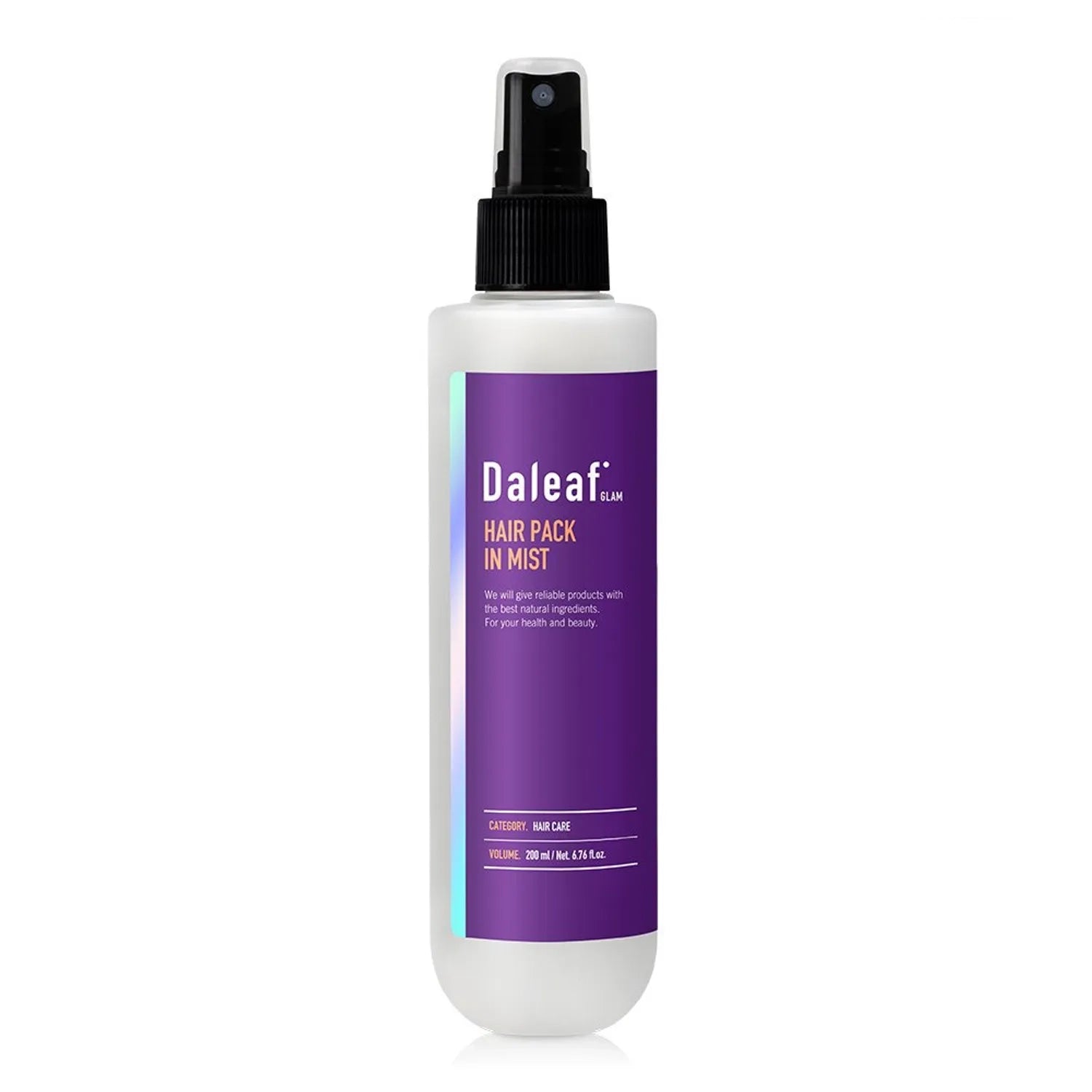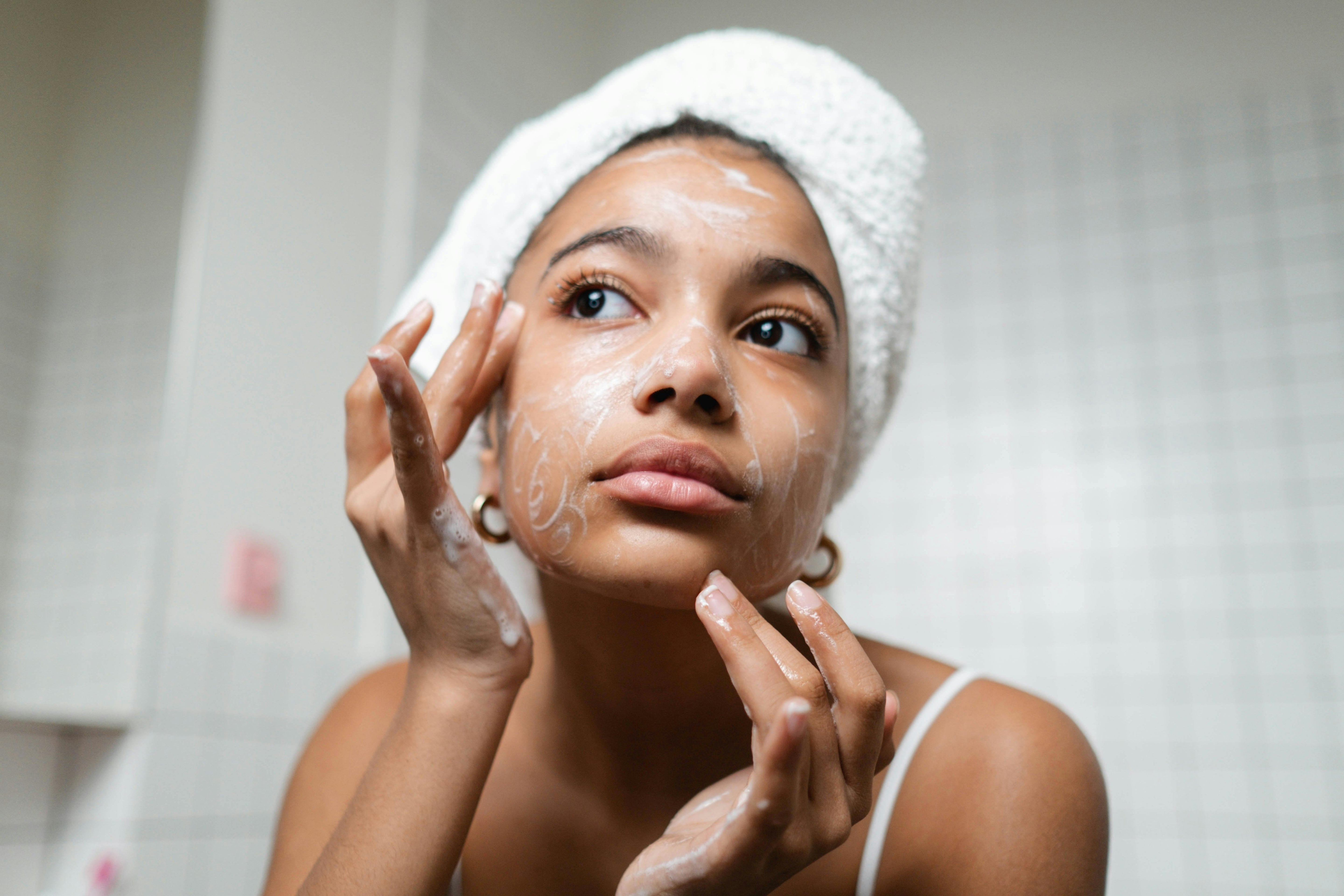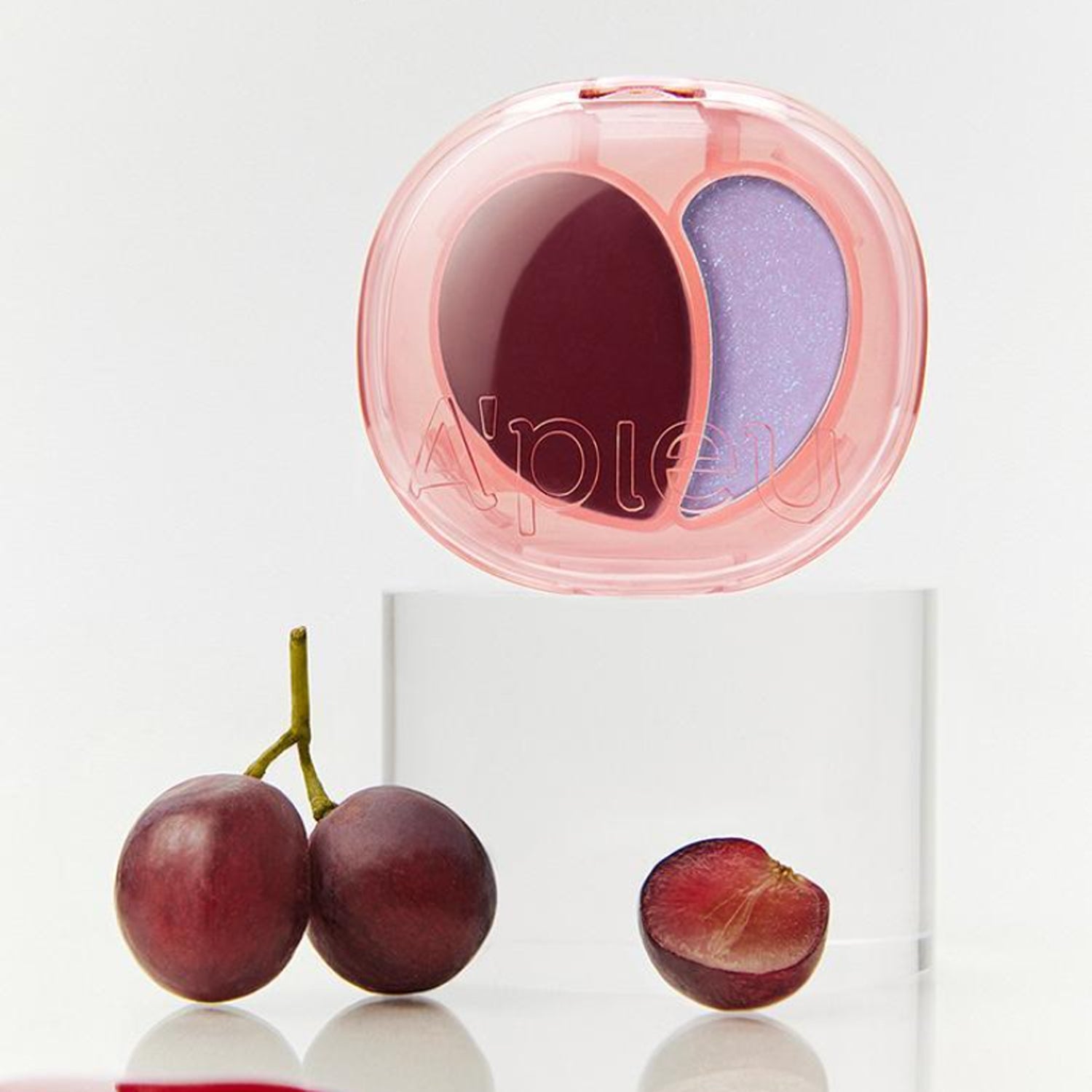It’s not just about removing makeup
Spend a little time in the skincare world and you’ll hear the phrase “double cleansing.”
It’s often associated with dissolving layers of foundation, waterproof mascara, and long-wear lipstick — which is why many assume it’s only necessary for people who wear full glam daily.
But here’s the surprising truth: even if you don’t wear makeup, your skin collects layers of hard-to-remove buildup throughout the day. Sunscreen, natural oils, pollution, and sweat cling to the skin in ways a single rinse simply can’t break down.
In other words, double cleansing isn’t just for makeup wearers — it’s for most of us.
Why it matters
Your skin encounters a mix of oil-based and water-based impurities every day.
Traditional gel or foaming cleansers struggle to break down oils on their own — which means residue can remain on the skin’s surface, clogging pores and affecting how well your serums and moisturisers work.
This is where the double-cleanse method comes in.
What is double cleansing?
Double cleansing is a two-step cleansing method that removes both:
- Oil-based impurities
- Water-based debris
It gives skin a deeper clean without stripping or irritating.
Quick cleansing glossary
- Oil-based cleanser: Dissolves sunscreen, makeup, excess sebum
- Water-based cleanser: Removes sweat, dirt, dust, and remaining residue
- Sebum: Skin’s natural oil
- Lipophilic: Oil-loving; attracted to oil
The science behind it
Like dissolves like
Oil attracts oil.
Oil-based impurities are most effectively broken down by another oil-based substance — not just water. A regular water-based cleanser alone often can’t cut through the oily layer sitting on your skin at the end of the day.
That’s why this method works so well.
Step 1: The oil-based cleanse
This step uses a cleansing oil or balm to dissolve:
- Sunscreen
- Excess sebum
- Oil-soluble pollutants
- Makeup (if you’re wearing any)
Why it matters:
Modern sunscreens, especially long-wear or water-resistant formulas, are designed to cling to the skin. They’re lipophilic — meaning an oil cleanser is needed to break them down effectively.
Oil cleansers dissolve these impurities gently, without stripping your moisture barrier.
Step 2: The water-based cleanse
After rinsing off the oil cleanser, you follow with your regular gel or foaming cleanser.
This step:
- Removes any remaining residue
- Cleanses water-based debris like sweat, dirt, dust
Together, the two cleanses leave your skin truly clean — not tight or squeaky — creating the ideal base for serums, moisturisers, and treatments to absorb properly.
Who should double cleanse?
Makeup wearers benefit enormously, but they’re not the only ones.
You should consider double cleansing if:
- You wear sunscreen daily (everyone should)
- You have oily or combination skin
- You live or work in a city
- You want your skincare to work more effectively
Even without makeup, daily sunscreen, sebum, and air pollution create a film on the skin that’s best removed with an oil-then-water approach.
What to expect
With consistent use, many people notice:
- Fewer breakouts
- Smoother texture
- Less congestion
- Better product absorption
- Healthier-looking skin overall
Rather than being a chore reserved for heavy makeup days, think of double cleansing as the modern baseline for clean skin — a simple, effective step that clears away daily buildup and leaves skin balanced and refreshed.
The bottom line
Double cleansing isn’t about doing more for the sake of it.
It’s about cleansing smarter.
By removing oil-based impurities first, then water-based debris, you help your skin function better — and set the stage for the rest of your routine to shine.
If you wear sunscreen, live in a city, or simply want clearer, healthier skin, this two-step cleanse is worth making part of your nightly ritual.







